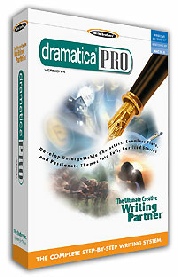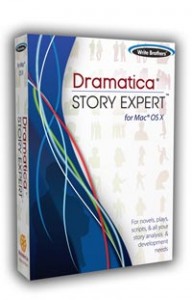“Narrative Space” describes the complete breadth and depth of subject matter in which you seek to define a story.
Simply put, most authors don’t come to a story with a complete structure immediately in mind. Rather, they are attracted to the subject matter, which may include setting, time period, activities and events, personalities, snippets of dialog, situations and anything else that is not inherently part of the argument of a narrative. For example, take Santa Claus. You can have him be the main character or a victim or a villain. You can make him a spirit or a man. You can have him involved in a western, a science fiction, a romance, a buddy picture or a tragedy. In and of itself, subject matter is not part of a structure but just the raw material from which a structure is formed. That is part of the reason that in Dramatica theory we named a story’s structure the storyform as it brings form to story.
Think of subject matter as the interstellar gas and material from which solar systems are formed. This is the narrative space. Just because you carve out a piece of this space – enclose a particular cloud of star stuff – does not create planets that orbit in understandable patterns. The job of an author is to look into the nebulous nature of an area of subject matter – a particular historic event, an aspect of human nature – and to coalesce that material into a tale or a story. A tale in a given narrative space would simply explore the subject matter and make a statement about it. A story would transcend that and make the case for the best (or worst) of all possible ways to organize (or live through) that material.
As you might expect, there does not have to be a just one single storyform within a narrative space. In fact, there can be an infinite number of stories told within a given realm of subject matter. Some of these may exist in different corners, completely separated from each other. Some may overlap slightly, covering similar areas of subject matter with two complete different structures and messages. In fact, two completely different storyform arguments may actually occupy the exact same portion of the overall narrative space but form the raw material toward two contradictory purposes, much as two scepters might fashion artistically incompatible statues from identical pieces of clay.
As a final thought in this brief introduction to the concept, consider that when you are developing your story’s world, who’s in it, what happens to them, and what it all means, just because there are parts of the narrative space subject matter that are the reasons you want to write this story does not mean that they can all fit into the same storyform. Often, to make a complete argument, we must exclude favorite subject matter pieces that would have to be ham-handedly crammed into our story and would never truly fit. Further, we may have to include additional elements that really don’t inspire us, because if we went with only the parts we truly care about, our overall argument would be full of holes.
Lastly, take solace that you can always write a second story or a series of them about the same narrative space (subject matter) until you have devised enough structures to powerfully explore them all.
Subscribe to:
Post Comments (Atom)







No comments:
Post a Comment